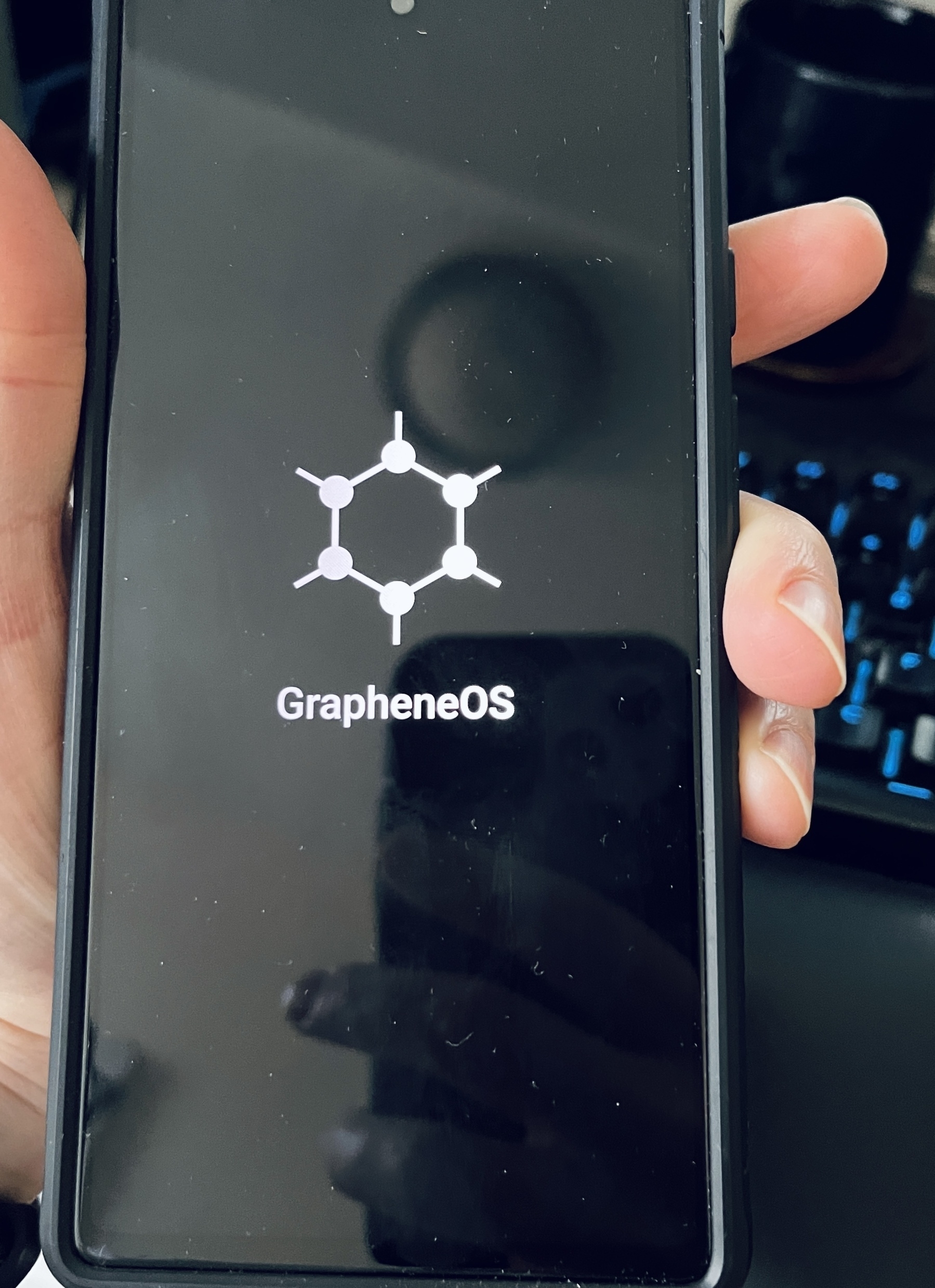Trying out GrapheneOS
Update: I now have this process documented on my wiki.
GrapheneOS is a hardened Android OS variant. It essentially strips out all the “Google stuff” from the device. The concept itself is a bit confusing: how can you have a Google-based phone (Android) without Google components?
In short, since Android is an open-source operating system just like Linux (as a matter of fact, it’s built on Linux), anyone can take it and customize it. The familiar Google apps (like contacts, Maps, camera, etc.) just sit on “the top,” so they can be stripped out of the operating system. This is an over-simplification (Google also has many built-in core components in Android that users do not see), but it’s good enough for now.
But why do that?
That’s a bit harder to answer. I’ve been exploring online privacy for a long time, at one point leaning toward making information security my career (now I just learn things for fun). You can read some of my privacy-related posts on the old blog, starting with this one which I brought over here.
As I rely more on my Mac and iPhone, I wanted to “balance” things out a bit. I gave up my Fitbit a while ago and decided against buying an Apple Watch, and having GrapheneOS on my Android was the next step.
In a way, being more private feels like stepping back a decade or so. I need to carry around a wallet again. I might need to write things on paper. I should rely on signs and announcements in subway stations instead of using my phone.
That’s not a coincidence: we live in an age where big tech is only possible by selling off our personal information; the more it progresses, the more information it needs to sell to sustain itself. When we don’t use big tech products, we also step back in time.

